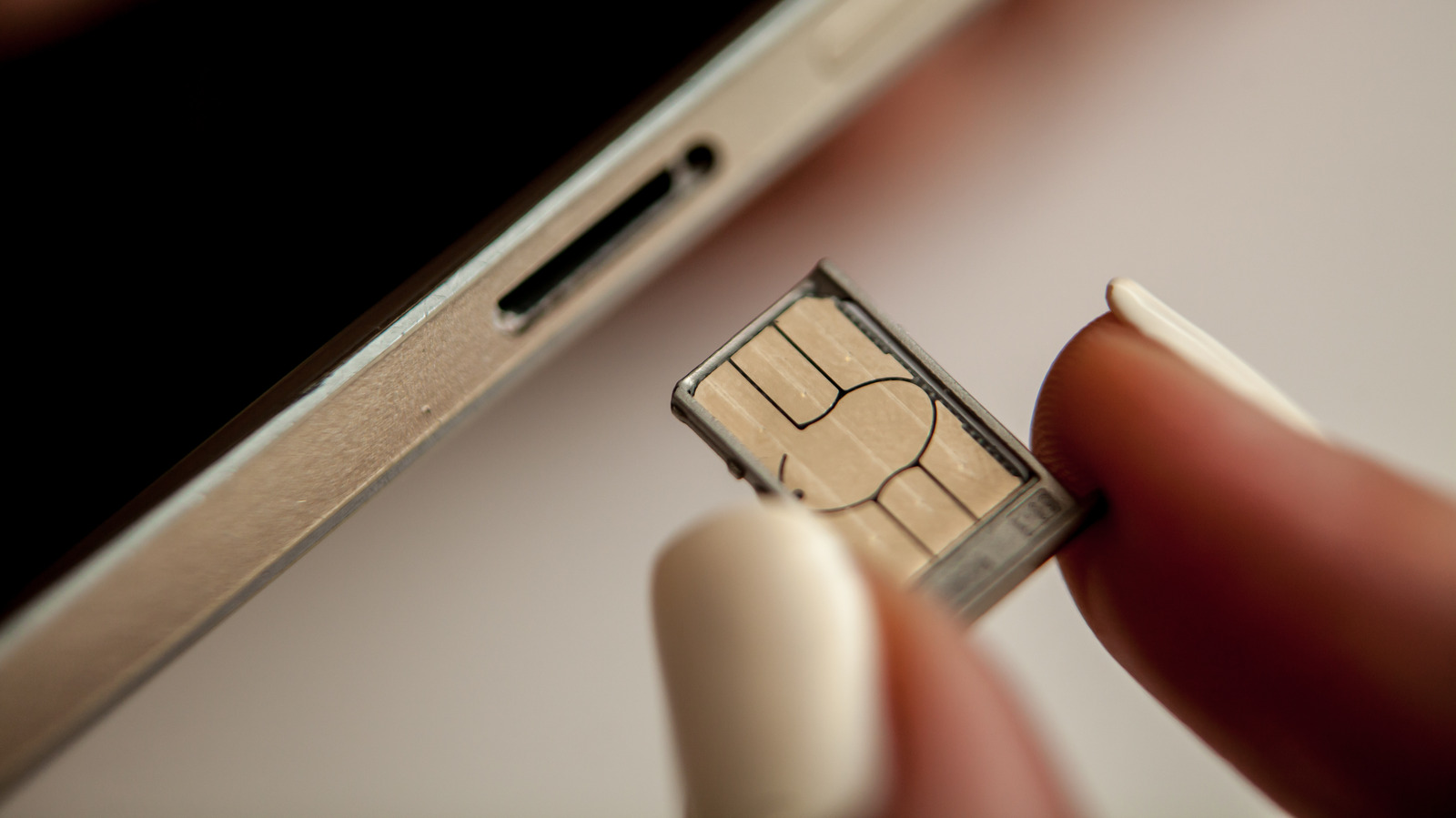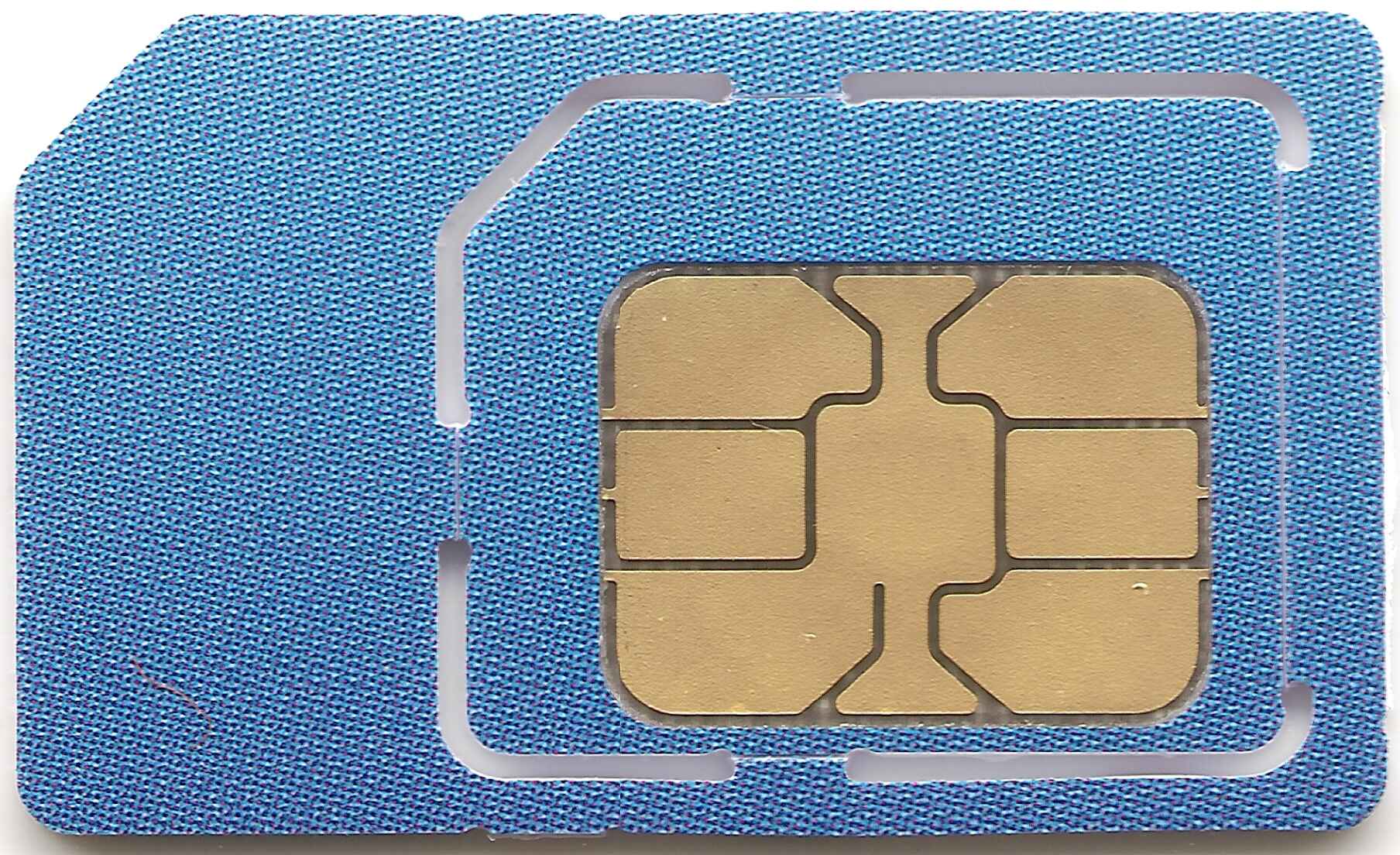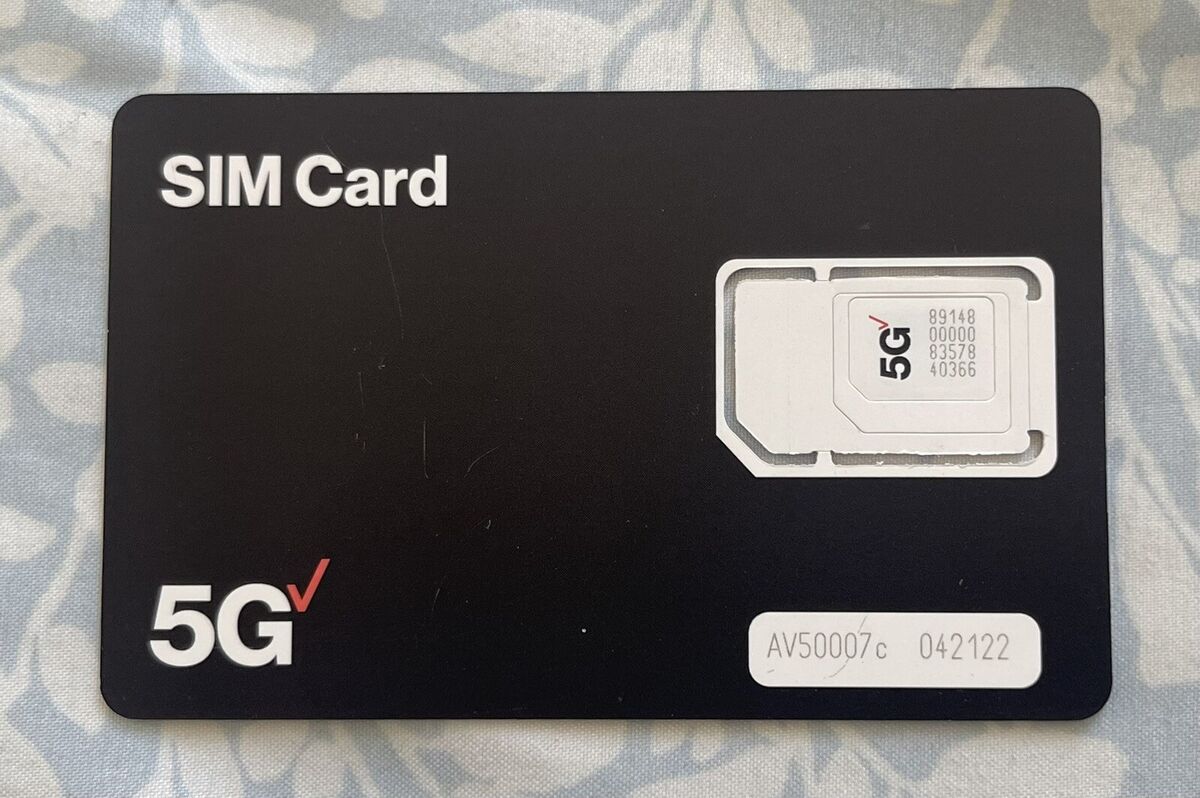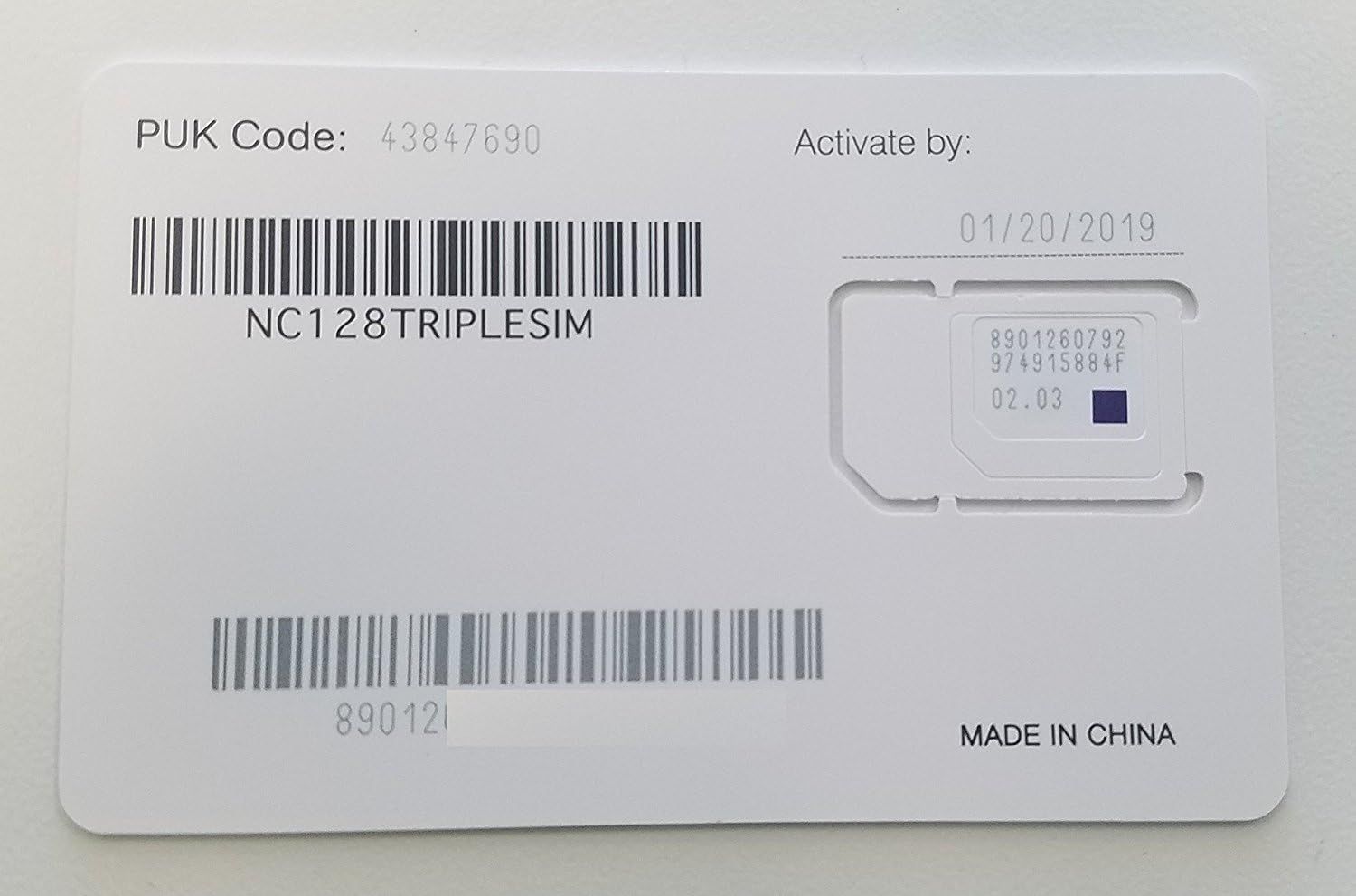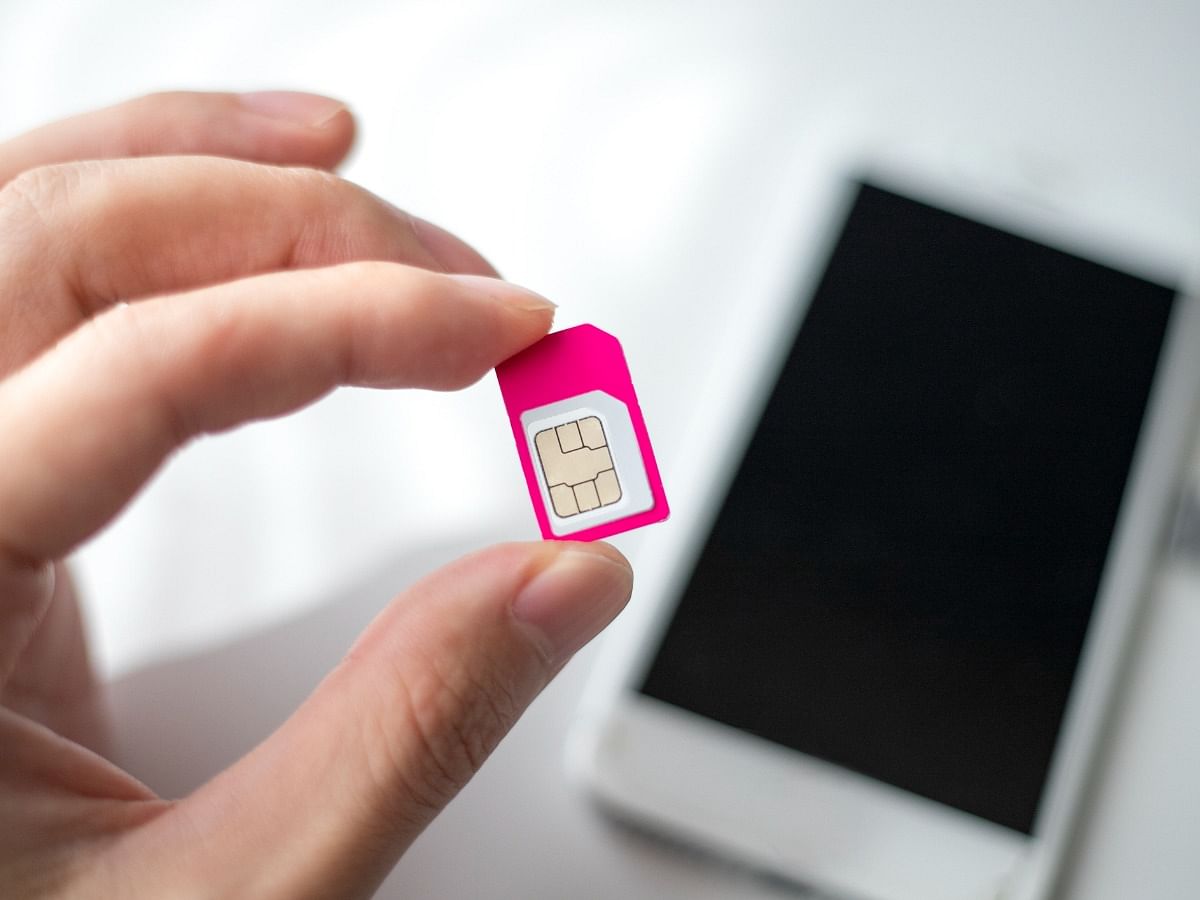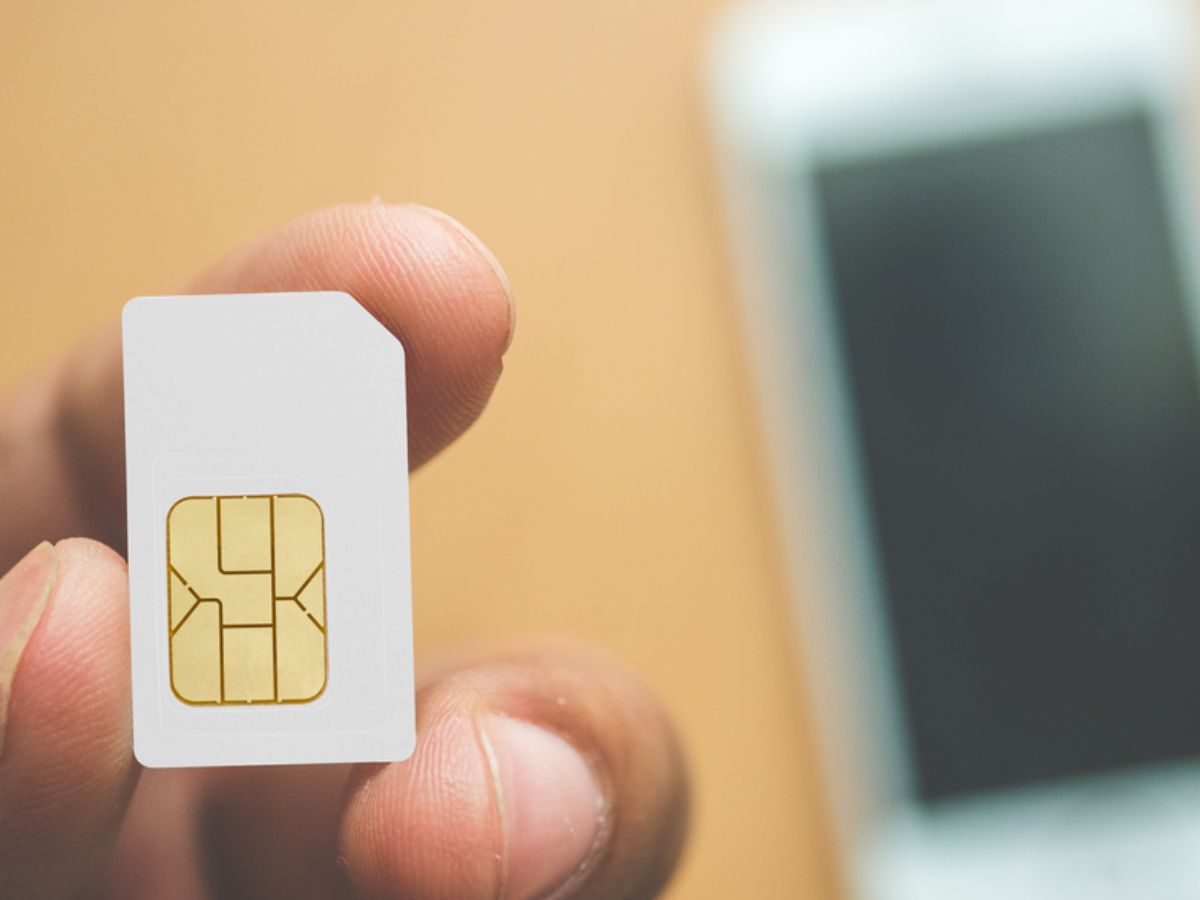Compatibility with your device
When it comes to replacing your SIM card, one of the foremost factors to consider is the compatibility with your device. This small yet pivotal piece of technology serves as the gateway to your mobile network, enabling communication and data access. Ensuring that the new SIM card aligns with your device is essential for seamless functionality and uninterrupted connectivity.
First and foremost, it's crucial to determine the type of SIM card your device requires. There are various form factors, including standard SIM, micro-SIM, and nano-SIM. These differ in size, with newer devices typically utilizing the smaller micro and nano variants. Verifying the specific SIM card size supported by your device is imperative to guarantee a proper fit.
Furthermore, the SIM card must be compatible with your device's network technology. For instance, if your device utilizes 4G LTE technology, it necessitates a SIM card that supports this standard for optimal performance. Similarly, older devices may not be compatible with the latest SIM card technologies, necessitating a thorough assessment of compatibility.
Additionally, some devices are locked to a specific carrier, meaning they only function with SIM cards from that particular network provider. In such cases, replacing the SIM card may require unlocking the device to enable compatibility with SIM cards from other carriers. This process typically involves contacting the original carrier or utilizing third-party services to unlock the device, thereby expanding the options for compatible SIM cards.
In essence, ensuring compatibility with your device is paramount when replacing your SIM card. By identifying the correct form factor, verifying network technology compatibility, and addressing carrier restrictions, you can seamlessly integrate a new SIM card into your device, facilitating uninterrupted connectivity and optimal performance.
Network compatibility
Network compatibility is a critical aspect to consider when replacing your SIM card. The SIM card serves as the conduit between your device and the mobile network, enabling voice calls, text messaging, and data connectivity. Ensuring that the new SIM card aligns with your device's network technology is essential for seamless communication and optimal performance.
First and foremost, it's important to understand the network technology utilized by your device. The evolution of mobile networks has seen a transition from 2G to 3G, and subsequently to 4G LTE and 5G technologies. Each iteration brings advancements in speed, capacity, and latency, shaping the mobile connectivity experience. Therefore, the SIM card must be compatible with the network technology supported by your device to leverage the full capabilities of the network.
For instance, if your device is equipped with 4G LTE capabilities, it necessitates a SIM card that supports this technology to harness the high-speed data connectivity and low latency offered by 4G networks. Similarly, the emergence of 5G technology introduces new requirements for SIM cards to fully exploit the enhanced speeds and network capacity provided by 5G networks.
Moreover, network compatibility extends beyond the technology standard to encompass the specific bands and frequencies utilized by your device and the mobile network. Different regions and carriers deploy varying frequency bands for their mobile networks, and the SIM card must align with the supported bands to ensure seamless connectivity. This is particularly crucial for international travelers, as network bands may differ between countries, necessitating a compatible SIM card for uninterrupted communication and data access.
Furthermore, some network providers may offer enhanced services, such as Voice over LTE (VoLTE) and Wi-Fi calling, which require specific SIM card capabilities for activation. Ensuring that the new SIM card supports these advanced features is essential to leverage the full spectrum of services provided by the network operator.
In essence, network compatibility plays a pivotal role in the replacement of your SIM card. By understanding the network technology, frequency bands, and advanced features supported by your device and the network operator, you can select a compatible SIM card that optimizes your mobile connectivity experience, enabling seamless communication and data access.
Data plan considerations
When replacing your SIM card, it's crucial to consider the impact on your data plan. The SIM card serves as the gateway to your mobile network, facilitating data connectivity for various activities such as web browsing, streaming, and app usage. As such, the transition to a new SIM card warrants a comprehensive assessment of its alignment with your existing data plan and potential implications for data usage and costs.
First and foremost, the new SIM card should be compatible with your current data plan. Different network providers offer a range of data plans with varying data allowances, speed tiers, and additional features. Ensuring that the replacement SIM card seamlessly integrates with your existing data plan is essential to avoid disruptions in data services and to maintain a consistent mobile connectivity experience.
Moreover, the transition to a new SIM card presents an opportunity to evaluate and potentially optimize your data plan. With advancements in mobile network technologies and the evolving landscape of data services, the replacement of a SIM card may prompt a reassessment of data plan offerings. This includes exploring options for higher data allowances, faster data speeds, and additional perks such as mobile hotspot capabilities and international roaming benefits.
Furthermore, it's important to consider any contractual obligations or commitments associated with your current data plan. Some data plans may be tied to specific SIM cards or devices, and the replacement of the SIM card could impact the terms and conditions of the data plan. It's advisable to review the terms of your data plan and, if necessary, consult with your network provider to ensure a seamless transition to the new SIM card without any adverse effects on your existing data services.
Additionally, the replacement of a SIM card provides an opportunity to address any data usage patterns or requirements that have evolved since the inception of the current data plan. This includes assessing the adequacy of the current data allowance, identifying any potential overage charges or data throttling issues, and aligning the data plan with your current mobile usage habits and data-intensive activities.
In essence, data plan considerations are integral to the process of replacing your SIM card. By evaluating the compatibility with your existing data plan, exploring opportunities for plan optimization, and addressing any contractual implications, you can ensure a seamless transition to the new SIM card while aligning your data services with your mobile connectivity needs.
Cost of replacement
The cost associated with replacing a SIM card encompasses various elements that warrant careful consideration. While the physical SIM card itself may seem like a small component, the financial aspects tied to its replacement can have implications for both short-term expenses and long-term savings. Understanding the cost dynamics involved in the replacement process is essential for making informed decisions and optimizing the value derived from the new SIM card.
First and foremost, the direct cost of the replacement SIM card is a primary consideration. Network providers may impose charges for issuing a new SIM card, particularly in cases where the replacement is not necessitated by a fault or damage to the existing SIM card. It's important to inquire about any associated fees or charges for obtaining the replacement SIM card, as these costs can vary across different network operators and service plans. Additionally, some network providers may offer promotional deals or discounts for SIM card replacements, presenting opportunities to minimize the direct expenditure.
Furthermore, the replacement process may entail additional costs related to the activation of the new SIM card. This includes any activation fees imposed by the network provider, as well as potential expenses associated with transferring existing mobile services and data plans to the new SIM card. Understanding the full spectrum of costs involved in the activation and integration of the replacement SIM card is crucial for budgeting and assessing the overall financial impact of the replacement process.
Moreover, it's essential to consider any potential implications for mobile services and tariffs following the replacement of the SIM card. In some instances, the transition to a new SIM card may prompt adjustments to mobile service plans or tariffs, potentially leading to changes in monthly subscription costs or data usage charges. Evaluating the potential impact on ongoing expenses and identifying opportunities to optimize service plans in alignment with the new SIM card is integral to managing long-term costs effectively.
Additionally, the cost of replacement extends beyond the immediate financial outlay to encompass considerations of value and benefits derived from the new SIM card. Assessing the features, capabilities, and potential cost-saving opportunities associated with the replacement SIM card, such as enhanced data plans, international roaming benefits, or promotional offers, can provide insights into the long-term value proposition of the replacement.
In essence, the cost of replacement encompasses a multifaceted evaluation of direct expenses, activation costs, potential tariff implications, and the overall value proposition of the new SIM card. By comprehensively assessing the financial aspects of the replacement process, individuals can make informed decisions that align with their budgetary considerations and mobile connectivity needs.
Activation process
The activation process for a new SIM card is a crucial step that ensures seamless integration with your device and mobile network services. Upon obtaining a replacement SIM card, the activation process typically involves several key steps to enable the new card to function effectively and provide uninterrupted connectivity.
First and foremost, the activation process often requires physically inserting the new SIM card into your device. This involves accessing the SIM card slot, which is usually located on the side or top of the device, and carefully inserting the SIM card in the designated orientation. Ensuring the correct alignment and insertion of the SIM card is essential to avoid potential connectivity issues and to facilitate the subsequent activation steps.
Following the physical installation of the new SIM card, the next step in the activation process involves powering on the device. This enables the device to recognize the new SIM card and initiate the activation procedures. In some cases, the device may prompt you to enter a PIN code associated with the SIM card, particularly if the SIM card is equipped with a security feature for added protection.
Once the new SIM card is recognized by the device, the activation process typically proceeds with the establishment of a connection to the mobile network. This involves the device communicating with the network operator to register the new SIM card and associate it with your mobile account. During this stage, it's essential to ensure that the device is within network coverage and has a stable signal to facilitate the activation procedures effectively.
Subsequently, the activation process may involve configuring specific network settings and services associated with the new SIM card. This includes verifying network connectivity, enabling data services, and potentially activating additional features such as VoLTE, Wi-Fi calling, and mobile hotspot capabilities, depending on the offerings provided by your network operator.
In some instances, the activation process may necessitate contacting the network provider's customer support or utilizing online activation portals to finalize the integration of the new SIM card with your mobile account. This involves providing relevant information such as the new SIM card's unique identifier and potentially verifying your identity to ensure a secure and seamless activation process.
In essence, the activation process for a new SIM card encompasses a series of steps aimed at integrating the card with your device and enabling connectivity to the mobile network. By following the prescribed activation procedures and ensuring a smooth transition to the new SIM card, individuals can experience uninterrupted mobile services and leverage the full capabilities of their mobile devices.
Security and privacy concerns
Security and privacy considerations are paramount when replacing a SIM card, as this process directly impacts the integrity of personal data and communication security. The new SIM card integration necessitates a vigilant approach to safeguarding sensitive information and mitigating potential privacy risks.
First and foremost, the replacement of a SIM card entails the handling of personal and account-related data. During the activation process, individuals may be required to provide identifying information and account details to link the new SIM card with their mobile services. It is imperative to ensure that this information is transmitted and stored securely, minimizing the risk of unauthorized access or misuse.
Furthermore, the activation of a new SIM card involves the transfer of mobile services and associated data to the new card. This transition necessitates a comprehensive understanding of data migration protocols and encryption measures to prevent unauthorized interception or tampering with the transferred information. Ensuring that the data transfer process adheres to robust security standards is essential for preserving the confidentiality and integrity of personal data.
Moreover, the new SIM card integration prompts a reassessment of device security measures. With the SIM card serving as a key authentication component for mobile network access, individuals must prioritize device security features such as PIN protection, biometric authentication, and device encryption to fortify the overall security posture. Implementing robust security measures on the device level mitigates the risk of unauthorized SIM card usage and enhances data protection.
Additionally, individuals should remain vigilant against potential SIM card fraud and unauthorized account access. The replacement of a SIM card presents an opportunity for malicious actors to attempt unauthorized SIM swaps, wherein they fraudulently activate a new SIM card to gain access to the individual's mobile services and associated data. Heightened awareness of SIM card fraud tactics and promptly reporting any suspicious activity to the network provider are crucial for preempting potential security breaches.
In essence, addressing security and privacy concerns during the replacement of a SIM card is essential for preserving the integrity of personal data and communication security. By prioritizing secure data handling, implementing robust device security measures, and remaining vigilant against potential fraud, individuals can navigate the SIM card replacement process with heightened security awareness and confidence in their data protection measures.







